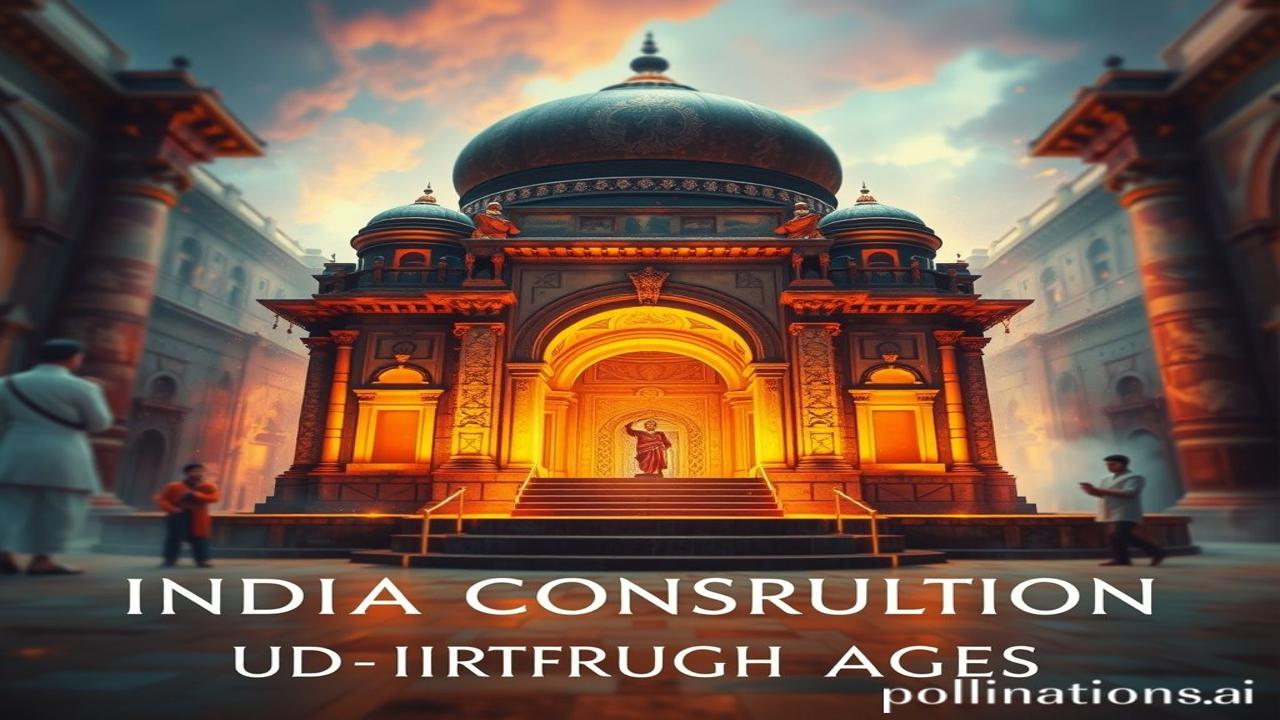India’s Lost Literary Traditions: Kahaniyan Jo Waqt Mein Kho Gayi…
Kabhi socha hai, jab hum Mahabharat aur Ramayana ki kahaniyon mein khoye rehte hain, kitni aur aisi kahaniyan hain jo waqt ki dhool mein chhup gayi? Jo humare ancestors ne likhi thi, gaayi thi, aur apne dil mein basayi thi? Yeh blog unhi ankahee kahaniyon ki khoj hai, ek safar hai uss Bharat ki taraf jisko hum shayad bhool chuke hain. Let’s dive in!
Kitabein Jo Mitti Ban Gayi: The Story of Lost Literary Heritage
What are we talking about exactly? India, with its millennia-old history, wasn’t just about kings and wars. It was a vibrant crucible of philosophical debates, scientific discoveries, artistic expression, and of course, literature. Think beyond Kalidasa and Tulsidas! We are talking about epics, poems, plays, treatises on medicine, astronomy, and even kama – all created in languages and styles that, for the most part, have vanished from popular memory.
When? This loss wasn’t a sudden cataclysm. It was a gradual process spanning centuries. Invasions, natural disasters, societal shifts, and the simple fact that manuscripts weren’t preserved with the care they deserved, all contributed. We are talking about texts lost from the Mauryan era (322-185 BCE) to the medieval period, and even some from more recent times!
Why is it important? These lost texts aren’t just dusty relics. They hold the key to understanding our ancestors’ perspectives on life, death, the universe, and everything in between. They represent a vast reservoir of knowledge and wisdom that could inform and enrich our lives today. They are a vital part of our dharohar (heritage), our pehchaan (identity).
Zameeni Sach: Life As It Was, Through Lost Words
Imagine Ma Rukmini, a skilled weaver, humming verses from a lost Prakrit poem as she deftly created intricate patterns on her loom. Imagine a young scholar, studying ancient medical texts in a Nalanda library, seeking cures that modern medicine hasn’t even discovered yet.
Or picture a bustling marketplace in Taxila, where merchants traded not just goods, but also recited shlokas from lost philosophical treatises while debating the merits of different schools of thought.
In the courts of kings like Ashoka or Harsha, poets and playwrights crafted elaborate works, some of which were unfortunately lost to time. Even the daily lives of farmers, warriors, and saints were filled with stories, passed down orally or written on palm leaves, now largely vanished.
” अरे, yeh toh naya tareeka hai fasal ugaane ka!” a farmer might exclaim, referencing some ancient agricultural text.
” Dekho, woh raja ne kal jo kavita sunayi thi, kitni sundar thi!” a courtier might whisper to his friend.
These everyday interactions, these glimpses into a life now gone, are what make the loss of these literary traditions so profound.
Aaj Ka Bharat: Echoes of the Lost in the Living
Do we still hear whispers of these lost traditions today? Absolutely! Even though the original texts may be gone, their essence often lives on in our rituals, art, architecture, and most profoundly, in our language.
Think of the ancient Sanskrit plays that influenced our dance forms like Kathakali and Bharatanatyam. Think of the Ayurvedic practices that draw on ancient medical knowledge. Think of the folk tales passed down through generations, often echoing themes and characters from lost epics.
The concept of Shakti, the divine feminine energy, finds expression in countless forms in our culture, even though many of the original Shakta texts may be lost. The very notion of Bharatiyata, of Indianness, is interwoven with these invisible threads of lost knowledge.
Mazedar Tathya ya Bhram-Bhanjak: Shocking Truths and Myths
Log samajhte hain ki Sanskrit hi sabse purani bhasha hai… lekin asli sach yeh hai ki Prakrit aur Pali bhi bahut important the! These languages, spoken by the common people, were vehicles for rich literary traditions that often get overlooked.
Did you know that ancient Indian mathematicians were incredibly advanced? Their discoveries, documented in now-lost texts, paved the way for modern algebra and calculus!
Drisya aur Bhavnayein: The Smell of Ink and the Sound of Recitation
Imagine walking into an ancient library, the air thick with the scent of sandalwood incense and aged paper. The walls are lined with scrolls, carefully preserved and illuminated by flickering oil lamps. The rustle of palm leaves as scholars pore over ancient texts, the rhythmic chanting of shlokas – these are the sounds and sensations of a world where knowledge was deeply revered.
The feel of the cool stone floor beneath your bare feet, the weight of a bronze pen in your hand, the warmth of the sun streaming through a window onto a page filled with ancient wisdom – these are the sensory details that bring this lost world to life.
Antim Vichar ya Uddharan: A Final Reflection
The loss of India’s literary traditions is a profound tragedy, but it’s not the end of the story. By acknowledging this loss, by actively seeking out the remnants of these lost traditions, and by fostering a renewed appreciation for our cultural heritage, we can ensure that these echoes of the past continue to resonate in the present and inspire the future.
As they say in the Isha Upanishad: “पूर्णमदः पूर्णमिदं पूर्णात् पूर्णमुदच्यते । पूर्णस्य पूर्णमादाय पूर्णमेवावशिष्यते ॥” (Pūrṇamadaḥ pūrṇamidaṃ pūrṇāt pūrṇamudacyate. Pūrṇasya pūrṇamādāya pūrṇamevāvaśiṣyate ||) – That is full, this is full. From fullness comes fullness. If fullness is taken from fullness, fullness still remains. Just because something is lost, does not mean it is gone. Its essence lingers, waiting to be rediscovered.
